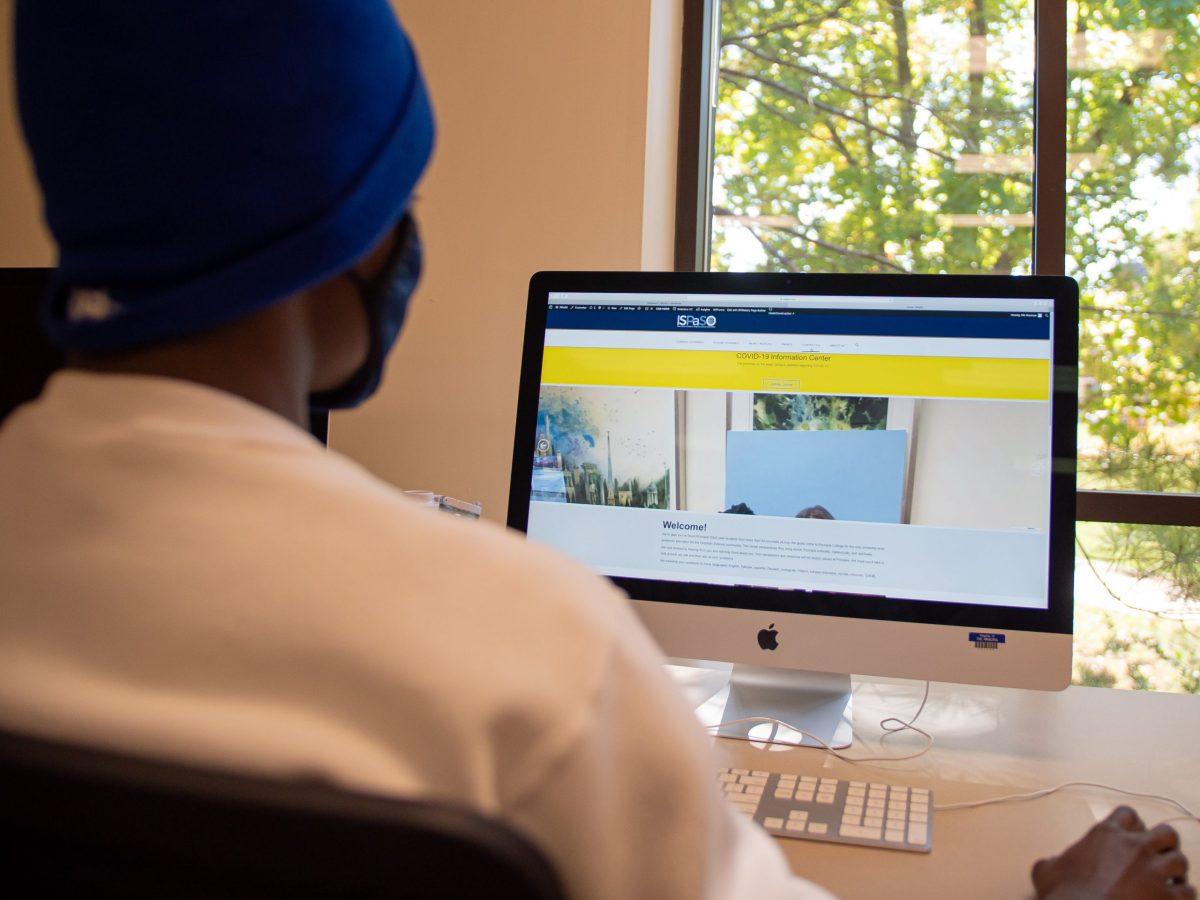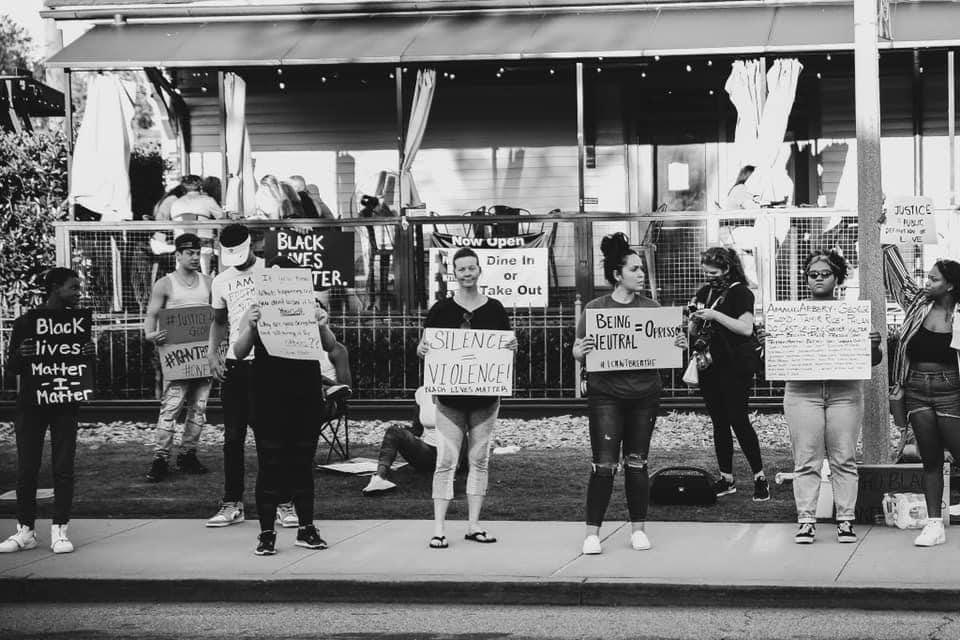Nearing graduation, one of the decisions an international student has to make is the visa path they choose. For students intending to remain in the United States, the visa path one chooses determines the availability of work opportunities, the ability to continue one’s studies, or to become a permanent resident. At Principia, nearly half of the student population are from countries other than the United States and they are thinking through next steps. Here are several options for those thinking through the process:
Optional Practical Training (OPT)
OPT is an opportunity for international students to gain practical experience in their field of study following graduation. Under OPT, international graduates can stay in the U.S. to work for up to 12 months after the completion of their studies. One caveat is that their employment must be related to their degree. Graduating students in STEM fields can apply for a 24-month extension to add up to 36 months of authorized work time in the US and this does not require employer sponsorship but requires prior approval by United States Citizenship and Immigration Services (USCIS) before commencing employment. A student may also sponsor themselves under their own business or Start-up for OPT.
H-1B Visa (Work Visa) & Cap-Exempt H-1B
The H-1B allows all graduates to work in such fields as technology, finance, healthcare, and engineering. The visa can last as long as six years but requires an employer will sponsor the worker. However, the demand for this visa is high and capped at 85,000 picked through a lottery system.
Some employers, like universities and nonprofit research groups, are exempt from this lottery. These cap-exempt H-1B visas offer a more secure option for graduates working in academia or research.
O-1 Visa (Extraordinary Ability)
O-1 is for individuals who have extraordinary ability in the fields of science, arts, and business. Applicants will need to show proof of achievements through awards, published works, and media recognition. Unlike the H-1B, this Visa has no lottery, nor a cap on the number of approvals, and proves to be a very good option for high-achieving graduates.
Green Card Pathways (Permanent Residency)
Students have several ways to apply for a green card to remain in the U.S. long-term. The employment-based, EB-2 and EB-3, require employer sponsorship of the worker. The extraordinary ability, EB-1, for those showing the highest level of sustained international accomplishment, and marriage to a U.S. citizen, which provides a direct path to obtaining a green card.
J-1 Visa (Exchange Visitor Program)
The J-1 visa covers students and professionals under internship and exchange programs. Some J-1 holders must return to their home country for two years before applying for another U.S. visa. However, some can apply for a waiver to stay.
E-2 Visa (Entrepreneur Visa)
The E-2 visa applies to foreign nationals who invest in a business enterprise in the United States. It does not require any specific investment amount, although most applicants invest upwards of $100,000. It should provide job creation and, if required, renewable visas indefinitely. Only nationals from treaty countries are eligible, and it does not lead to a green card.
For the most accurate and up-to-date visa information, students should visit the U.S. Citizenship and Immigration Services (USCIS) website. It is also important to consult with your Designated School Official (D.S.O.), Roseborn Bonsi-Lucket, who can provide guidance on visa options and help with the application process






